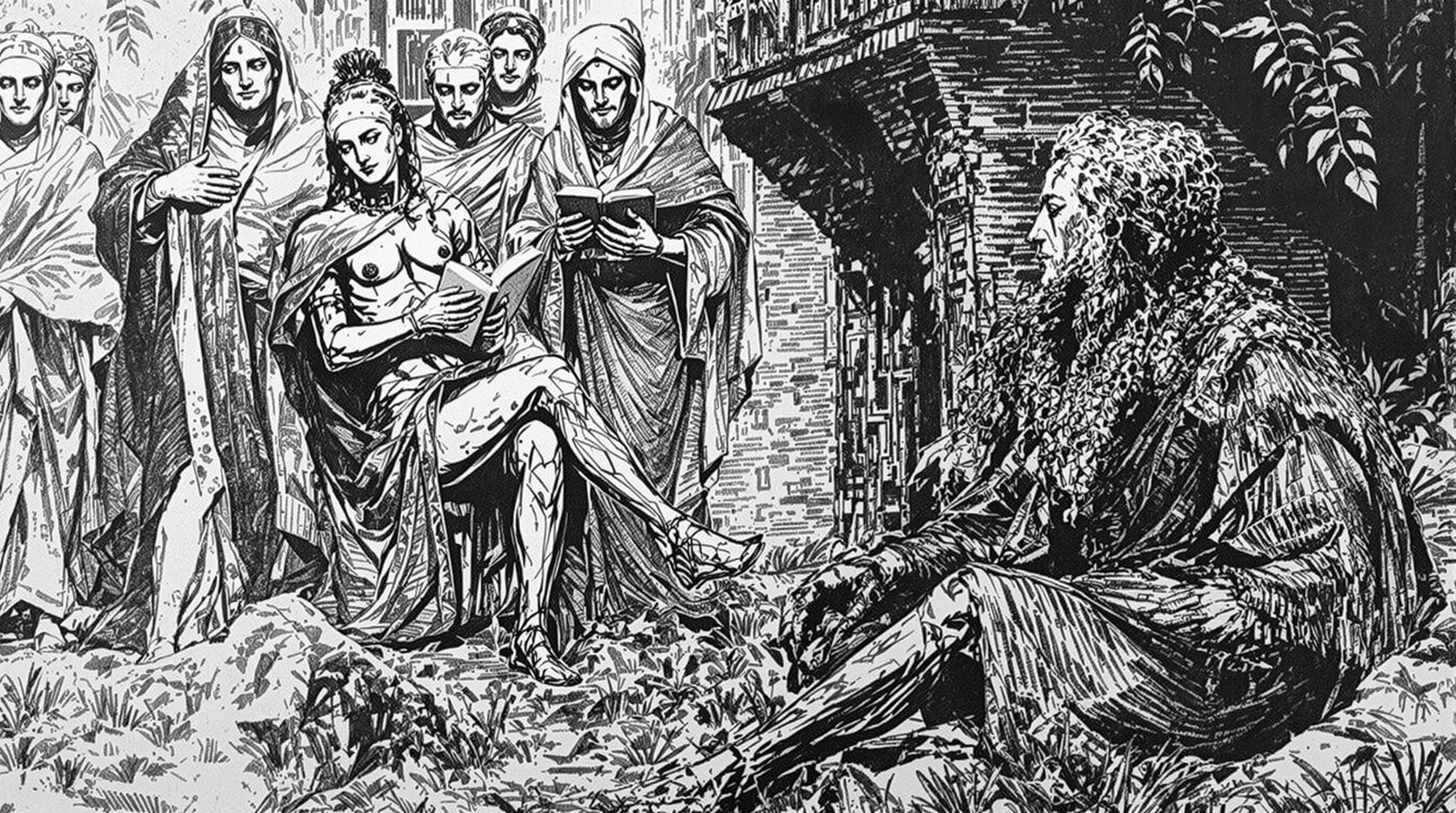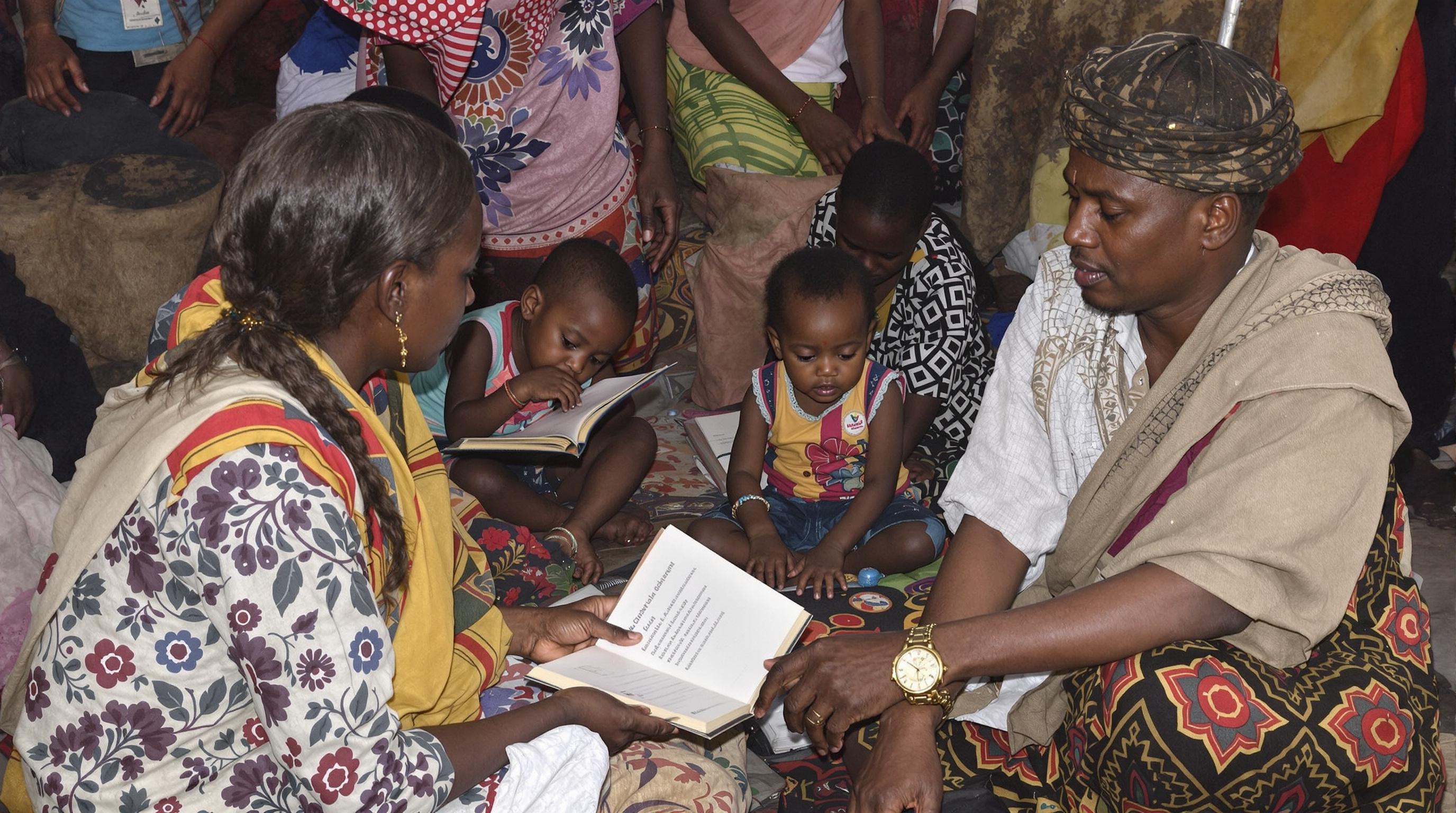Related Articles
- Top 5 Game-Changing Copyright Management Apps from 2019 to 2024 for Modern Creators
- Top 5 Game-Changing Copyright Management Apps Released Since 2019 for Fast, Foolproof Filings
- How Traditional Storytelling Shapes Community Healing in Conflict Settlement Practices Worldwide
- The Role of Ancient Storytelling Traditions in Shaping Modern Conflict Settlement Practices
- The Quiet Shift: How Climate Change Is Secretly Reshaping Liability Standards in Insurance Policies
- The Unseen Impact of Climate Change on Rural Insurance Mandates and Local Risk Assessments
The Role of Ancient Storytelling Traditions in Shaping Modern Conflict Settlement Practices
The Role of Ancient Storytelling Traditions in Shaping Modern Conflict Settlement Practices
Ancient storytelling traditions have profoundly influenced how modern societies approach conflict resolution, weaving timeless wisdom into contemporary practices. This article explores those connections through diverse tones and structures, highlighting case studies, statistics, and cultural insights to paint a rich picture of storytelling’s role in peacebuilding.
Picture a campfire under a vast starlit sky, where the crackling flames illuminate faces eager to absorb tales of heroes, gods, and wise elders. This setting was not merely for entertainment; it was a vital forum for transmitting community values, norms, and methods to resolve conflict. As an 18-year-old fascinated by both history and diplomacy, I find it thrilling how these ancient rituals laid the groundwork for today’s conflict settlement mechanisms.
The Roots of Mediation: From Oral Traditions to Legal Systems
Traditional storytelling did more than entertain – it preserved communal laws and taught the art of negotiation. For example, Indigenous Australian Dreamtime stories were not just spiritual metaphors; they encoded rules about land use and conflict resolution among clans. This oral jurisprudence foreshadows modern mediation practices that emphasize restoration and community harmony rather than punishment.
Consider the “palaver” culture in West Africa, where storytelling sessions convened elders to negotiate disputes in front of the community. According to a 2017 study by the African Centre for Peace and Conflict Resolution, the palaver system resolved approximately 70% of village-level conflicts without resorting to violence. The emphasis on storytelling as a communal activity fostered transparency and mutual understanding.
Storytelling and Empathy: The Heartbeat of Conflict Resolution
Humans are wired to connect through stories. Much like how a good novel immerses readers in complex characters’ perspectives, ancient tales enabled disputants to see beyond their immediate grievances. This cultivates empathy, an essential ingredient for peace. Modern psychology corroborates this; studies reveal that narrative therapy significantly improves conflict settlement outcomes by reframing parties’ stories to focus on shared values.
If we think about conflict resolution workshops today, many utilize storytelling techniques—participants narrate personal experiences, enabling mutual recognition of pain and hope. This can be incredibly powerful, breaking down barriers and opening dialogues that were previously impossible. A 2022 report by the International Institute for Conflict Prevention noted that 85% of mediation cases that incorporated storytelling methods ended in agreements versus 60% without them.
A Humorous Look at Ancient Negotiations
Now, imagine a tribal chief negotiating peace while accidentally spilling coffee on the emissary’s robes—a faux pas that could ignite tension! Ancient storytellers often included such humorous anecdotes in their narratives to lighten heavy moments, reminding all parties that even in conflict, humanity endures. This humor serves as a social lubricant, easing negotiations and building rapport.
Such levity persists in modern peace talks as icebreakers or storytelling circles, proving that laughter and shared stories can open doors that rigid protocols cannot. After all, who wouldn’t lower their guard a bit after chuckling over a clumsy mistake?
From Trial by Ordeal to Deliberative Dialogue
In medieval Europe, story-driven legends frequently depicted trials by ordeal (think boiling water or fire tests) as means of divine justice. While outdated and brutal, these stories underscored society’s quest for fairness and truth. Today, that age-old desire manifests in deliberative dialogues, where stakeholders engage in reasoned conversations aimed at mutual understanding rather than punitive judgment.
For example, the Quakers in the 17th century evolved from oral dispute resolutions within their meetings to structured, consensus-based decision-making frameworks that inspired modern restorative justice programs in the U.S. and UK. Their narrative-infused meetings prioritized listening, storytelling, and collective wisdom—core principles traceable to ancient oral traditions.
Case Study: Rwanda’s Gacaca Courts
Post-genocide Rwanda faced an immense challenge to reconcile and rebuild. The Gacaca courts, community-based justice mechanisms rooted in traditional storytelling and collective memory, offered a way forward. Facilitators listened to narratives from both survivors and perpetrators, encouraging confession and forgiveness.
According to the United Nations Development Programme, Gacaca helped reduce trial backlogs by over 80%, while restoring social cohesion. This example vividly illustrates how ancient storytelling frameworks remain relevant and effective in 21st-century conflict resolution.
Storytelling as a Financial and Cultural Investment
Interestingly, UNESCO reports that intangible cultural heritage like storytelling contributes significantly to social capital, which in turn impacts economic development through peaceful societies. Conflict resolution, therefore, is not just a cultural exercise but a financial imperative—reducing costs associated with prolonged disputes and violence.
In urban neighborhoods across the globe, storytelling-based community programs have slashed youth violence rates by as much as 40% within two years, according to data from the Global Peace Foundation. These programs teach narrative skills that help young people articulate their problems and negotiate conflicts non-violently.
Conversational Insights: What Can We Learn Today?
Speaking casually, it’s like holding onto an ancient toolkit that’s surprisingly high-tech. Storytelling is more than nostalgia—it’s a mode of cognitive processing that fosters mutual respect and collective problem-solving. As society grows increasingly complex, returning to these roots might just be the secret sauce needed to handle disputes where logic alone falls short.
For the teenage reader who’s ever argued with a friend or sibling, this may sound familiar. Trust me, the old folks’ tales from centuries ago taught what many of us forget: listening matters, stories connect, and solutions grow in shared narratives.
The Formal Case for Integrating Storytelling into Modern Legal Frameworks
In a rigorous report published in the Harvard Negotiation Law Review, scholars argue that incorporating storytelling traditions into formal legal proceedings enhances procedural justice and participant satisfaction. The study quantitatively measured outcomes in pilot mediation cases and found that storytelling led to a 30% increase in compliance with agreements and a marked reduction in recidivism.
Such empirical evidence supports the view that legal systems benefit from integrating narrative practices, bridging the gap between rigid codification and fluid human experience.
In conclusion, the enduring legacy of ancient storytelling is alive and potent in shaping modern conflict settlement practices. By blending historical wisdom with contemporary frameworks, societies can build more empathetic, effective, and peaceful resolutions to their disputes.




